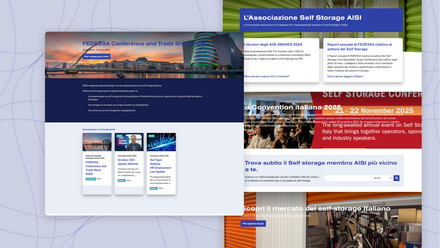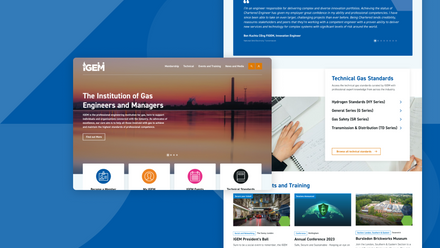An effective data strategy is crucial for membership organisations in a highly competitive digital environment. Done well, it delivers insights that drive informed decision-making that can bring greater membership engagement and growth along with operational efficiency.
However, without good governance, even the best data strategies can falter. Good governance ensures that data processes are transparent, accountable, and ethical, building trust and integrity internally and with your current and future members.
This blog will explore why good governance is essential for an effective data strategy and provide best practices for achieving it. Plus find out how you can get an additional free ticket to Associations Conference London, hosted by Governology and sponsored by ReadyMembership, on Friday 12th July.
Role of board and senior leadership
The board and senior leadership team are crucial in setting data strategy. These are some of the things that should inform their approach.
- Focus on strategic alignment: Ensure the data strategy aligns with the organisation’s mission and governance principles. Set clear objectives for data use to drive organisational goals and improve member experiences.
- Undertake thorough data analysis: Effective decision-making requires a comprehensive analysis of current and future data needs. Leaders should focus on understanding the data landscape, identifying key metrics, and anticipating the implications of their data strategy choices.
- Establish clear roles and responsibilities: While senior leaders set the strategic direction, they must also define who will be responsible for various aspects of the data strategy. This includes identifying data stewards, data analysts, and other roles critical to implementing and maintaining the strategy.
- Engage the entire organisation: It’s essential to involve the whole organisation in the data strategy. Foster a data-driven culture where every team member understands the importance of data and their role in managing and utilising it effectively. Regular training and communication are vital to ensure everyone is on board.
Authors Thomas H. Davenport and Thomas C. Redman wrote for the Harvard Business Review that changes within an organisation “requires an end-to-end mindset, a rethinking of ways to meet customer needs, seamless connection of work activities, and the ability to manage across silos going forward.” - Communicate Decisions Transparently: Once the strategy is set, communicate it clearly and transparently to all staff. Explain the rationale behind decisions, outline expected outcomes, and detail any changes in roles or processes. Transparent communication helps build trust and ensures alignment across the organisation.
Establish clear expectations
Senior leaders must begin with the basics: clearly outline expectations for the team and their role in shaping and delivering the data strategy. Define the desired outcomes and standards for success. This clarity ensures everyone is aligned and working towards the same objectives. Setting realistic pathways helps prevent common roadblocks such as missed deadlines and ambiguous instructions. Here are a few questions to consider:
- How quickly do tasks need to be completed?
- What are the minimum requirements for success?
- How will changes be communicated across the team?
- Who will document the processes, and where will this documentation reside?
Review and optimise processes
Processes are a key component of a strong data strategy. Before you attempt to optimise or automate them, thoroughly review how they work now. Fixing a broken process before optimisation prevents inefficiencies and potential failures. Regular reviews help identify any misalignments with your governance principles and provide opportunities for improvement.
Evaluate technology and process integration
A critical decision in your data strategy is determining whether processes will be driven by your product or technology platform. This approach requires thorough discussion and consensus.
You need to establish clear data goals. How you bring your data together, structure it and harness it with your membership platform is key to delivering them. The right technology should support and enhance your governance framework, not undermine it.
Collaborate with partners
When seeking solutions to streamline processes or enhance member interactions, collaboration with partners is key. Engage in open dialogue about your needs and goals, focusing on alignment with governance principles rather than being swayed by flashy features. Our unified member experience platform brings your data and gives you the tools to deliver impactful personalised experiences.
Continuous improvement
Good governance and data strategy is an ongoing commitment. Continuously seek feedback from your team and members to identify areas for improvement. Stay adaptable to changes and update your processes and strategies accordingly. Download our guide to continuous improvement here.
Get a second free ticket when you purchase a ticket to Associations Conference London on Friday 12th July - use the code “Buy1Get1ReadyMembership“ in the comments box on the booking form.






